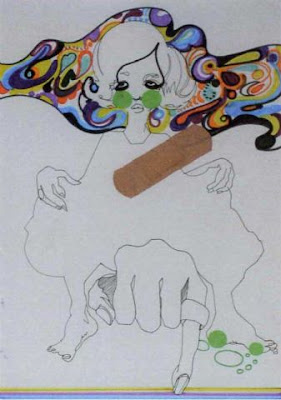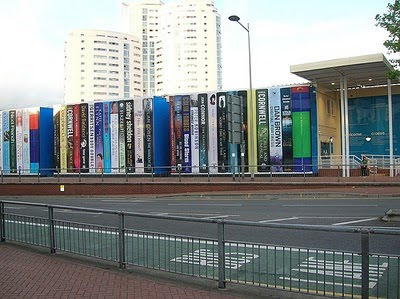I also found in my old notebook, notes from another seminar on practical action which I'd like to share.
This was a seminar run by the organisation Practical Action (http://www.practicalaction.org.uk/practical-action-uk/home-uk) and Greg from Kenya kindly spoke to use about how Kenyan communities are tackling climate change. Obviously a lot has come up in the year or so since I attended this seminar, but little has changed so all that's below will most probably still be relevant.
Cycle:
Increased drought - less livestock - less time for education - more walking - less money from processing & production
-Without investment MDG's (Millennium Development Goals (http://www.un.org/millenniumgoals/) will become a distant dream.
-A typical household in Kenya will earn £11 per month.
A solution to solve waste and hygiene problems:
-Plastic bags full of waste excretion fill the slums
-Communities build a toilet block
-Waste now goes into a bio gas chamber which heats the water for showers
This is visited by 27,000 people per week.
It means that 11% more girls are in education where better sanitation is available.
The micro-hydro solution:
-A dam is built where a small fraction of the water is channelled to go back to the river
-200 litres of water per second powers the turbine which produces 14kWh
-Allows batteries to be charged for welding equipment, TV, mobile phones etc which means income is brought in to maintain the turbine and the communities can communicate with each other/further afield
- 1.6 billion people have no access to electricity
- Nearly 3 billion cook with biomass or mineral coal (solid fuels)
- Small hydro power plants use pipes in hilly areas, and turbines in rivers & lakes
- Small wind turbine produces 100W which is enough for 1 house
- Countries with immediate access to production emit just as much, or sometimes even more CO2 than developed nations e.g. Qatar, Kuwait (More than USA), Venezuela (same as France)
- Approximately $500 billion needs to be spent on renewable energy in order to solve most of the problem - Hydro is the cheapest option
- Assessments of communities are made in order to choose which ones get priority - (shouldn't they all be equal?!?)
Other projects Practical Action have run:
Floating gardens in Bangladesh
Planting pumpkins in silty mud leftover from the rain created $2.7 million at market value




















































